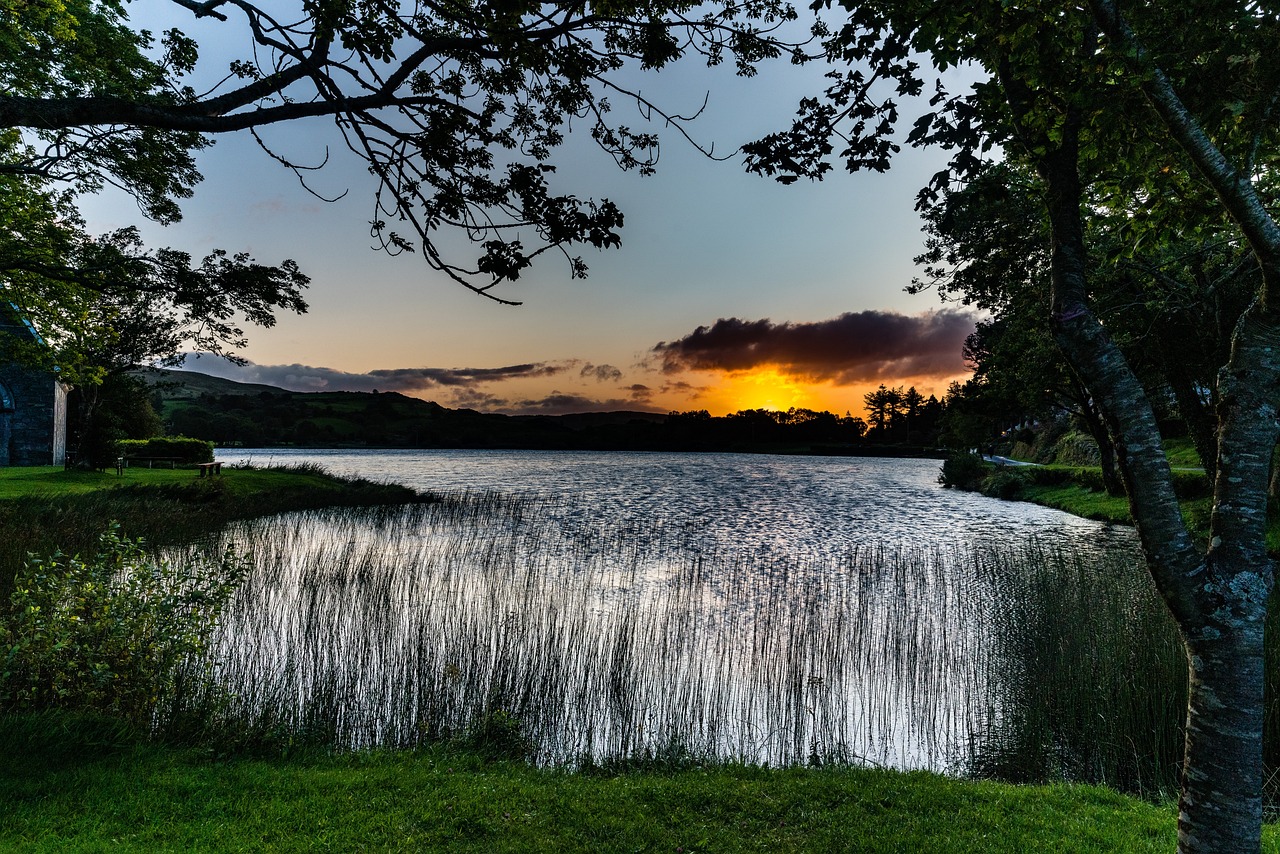In the rich tapestry of Irish and Celtic mythology, one tale that captivates the heart is the poignant romance between Niamh and Oisín, emerging from the Fenian Cycle. This story unfolds after a fierce battle, where Fionn Mac Cumhaill and his gallant warriors, the Fianna, found solace by the serene shores of Loch Lein in County Kerry. As they rested, a radiant young woman on an incredibly swift horse caught their attention, moving so gracefully that her steed’s hooves barely seemed to brush the earth.
Though the beauty of Kerry women is well-documented, the arrival of this particular maiden enthralled every man in the company. Adorned with a crown and a silken cloak shimmering with red-gold stars, her hair gleamed like gold, and her eyes sparkled with the hues of spring’s dew-kissed grass. Even her equine companion wore a golden bridle and shoes of brilliant gold.
Approaching the group, she spoke in a melodious yet unfamiliar accent, revealing herself as Niamh of the Golden Hair, the daughter of the oceanic King Manannan Mac Lír and the ethereal Fand. Enchanted by her presence, Fionn inquired about her purpose, to which she replied that she sought a husband as the autumn’s bounty drew near. She then pointed out Oisín, the valiant son of Fionn, renowned as both warrior and poet.
Fionn felt a pang of concern; he recognized Oisín’s lineage linked to the Sidhe, and he sensed the alluring nature of this mystical woman. Yet, Oisín, filled with excitement, took Niamh’s hand. She promised him a journey to the Land of the Young, a realm adorned with flourishing trees bearing fruit and blossoms, where no decay, age, or death could touch its inhabitants. Her offer included enchanting celebrations filled with sweet melodies, shimmering jewels, and her love as his wife.
Oisín, unable to resist such temptation, barely paused to bid farewell before mounting the magical horse and dashing away with Niamh. Their journey led them overland and across the sea, where the waters yielded before them and closed behind, guiding them towards dazzling palaces and through tumultuous storms until they finally arrived in the Land of the Young. There, Oisín and Niamh wed and welcomed a daughter, Plor na mBan, the flower of women.
Years went by in what felt like mere moments to Oisín until he yearned to return home and see his father and the Fianna. As he expressed his desire, Niamh’s eyes filled with fear; she knew that time flows differently in the mortal world, and she gave him strict instructions—never to touch the soil of the mortal realm.
With a heart lightened by joy, Oisín rode back to Ireland, unaware of the decades that had slipped by in his absence. Upon his return, he searched for the familiar faces of his kin, but the world he knew had vanished. People recognized the tales of Fionn only as legends recounted by poets.
As Oisín sought his father’s dwelling, he stumbled upon ruins overgrown with nature; the once-majestic structure lay in disrepair, swarmed by wildlife. During an encounter with a group of laborers, he inadvertently hurt himself while trying to lift a stone, and as his strength waned, he aged instantly, overwhelmed by the passage of years. His once-loyal steed, frightened, fled into the ocean, never to return.
Overcome by despair, Oisín was aided by nearby individuals and taken to Saint Patrick, who listened to his story. They debated patience versus conversion, as Oisín clung to the old ways, firmly rooted in the myths and legends of his past. Finally, he mourned all that he had lost, and none more than the love of his life, Niamh.
The lamentation of his heartbreak resounds in the poetry of W.B. Yeats:
“You who are bent, and bald, and blind,
With a heavy heart and a wandering mind,
Have known three centuries, poets sing,
Of dalliance with a demon thing…”
Ultimately, Oisín’s grave is believed to rest in the tranquil Glens of Antrim, a testament to his enduring legacy.



